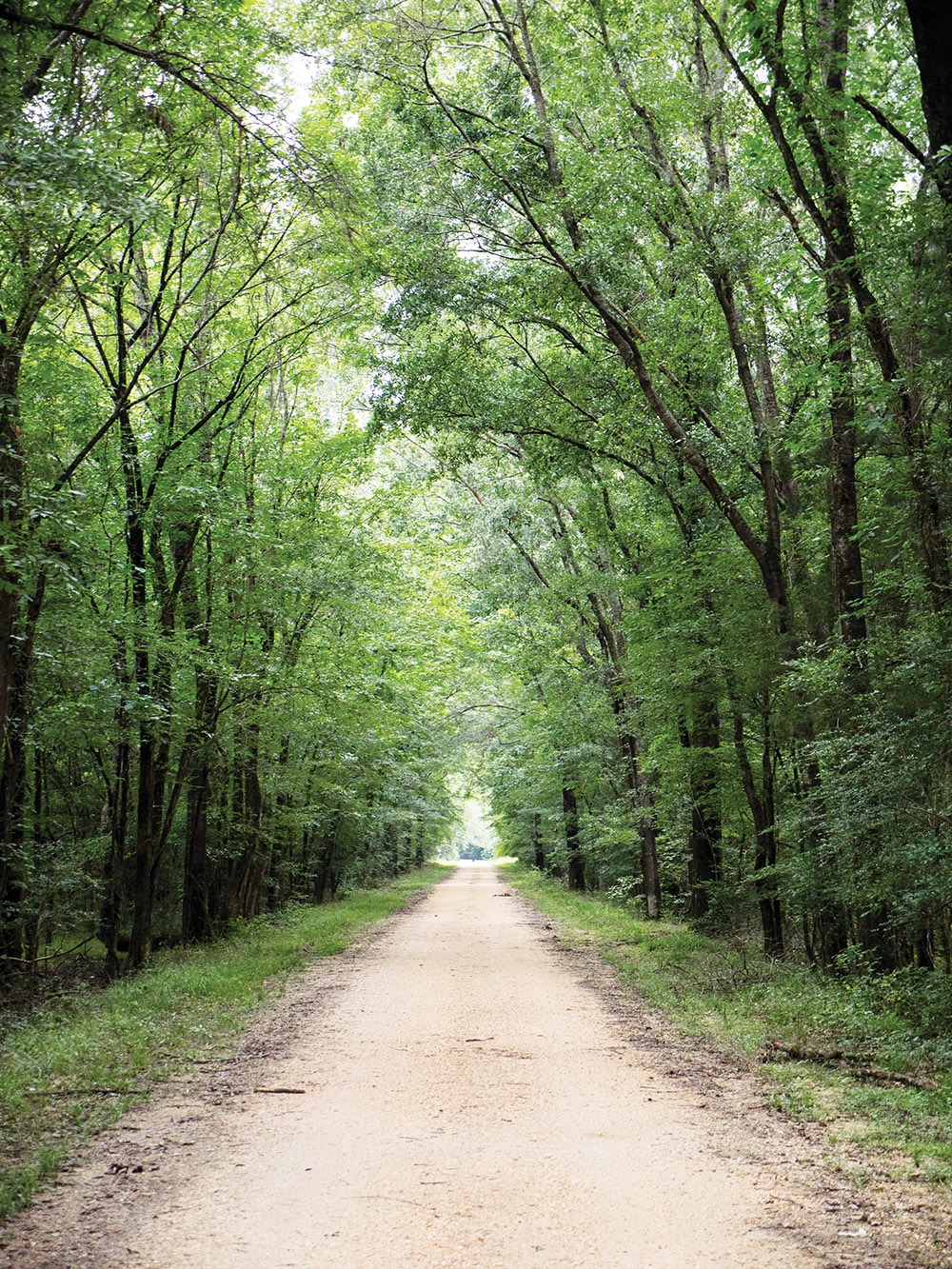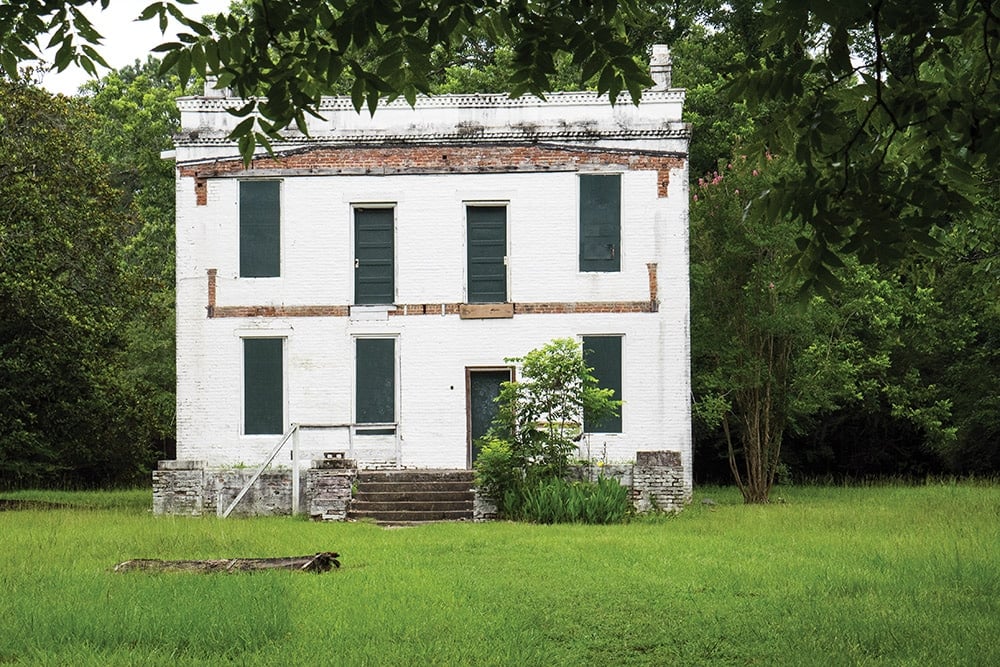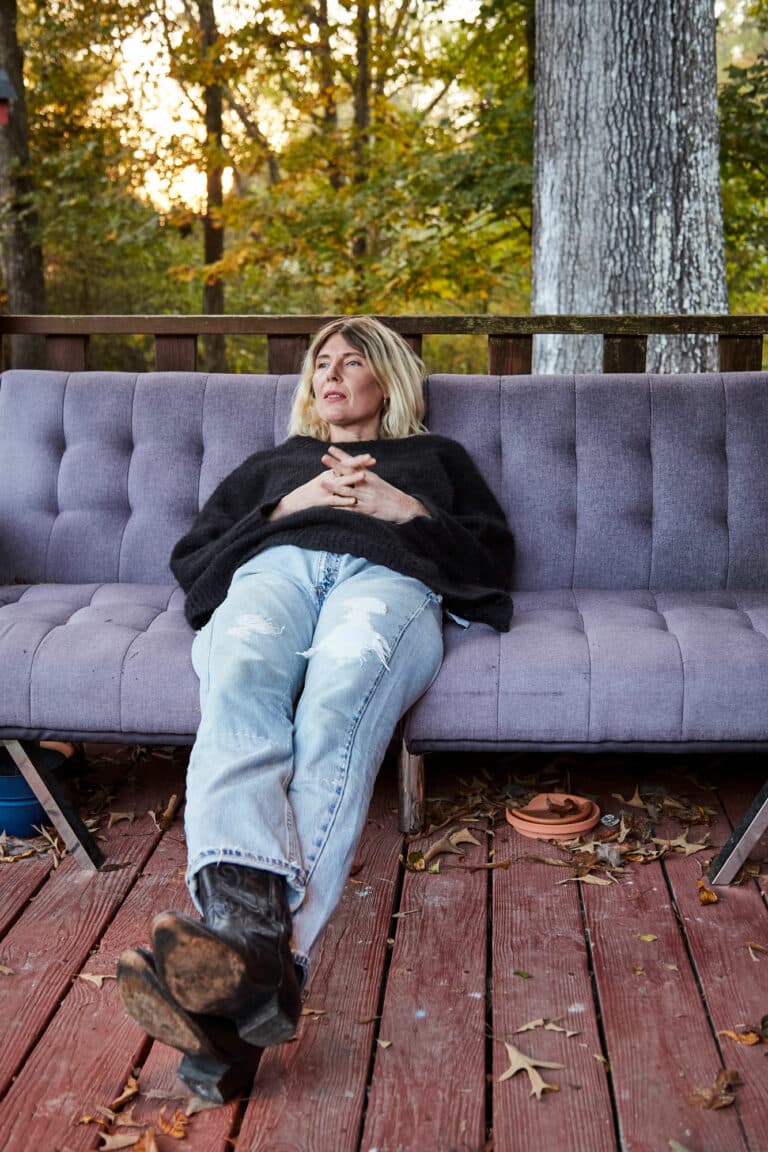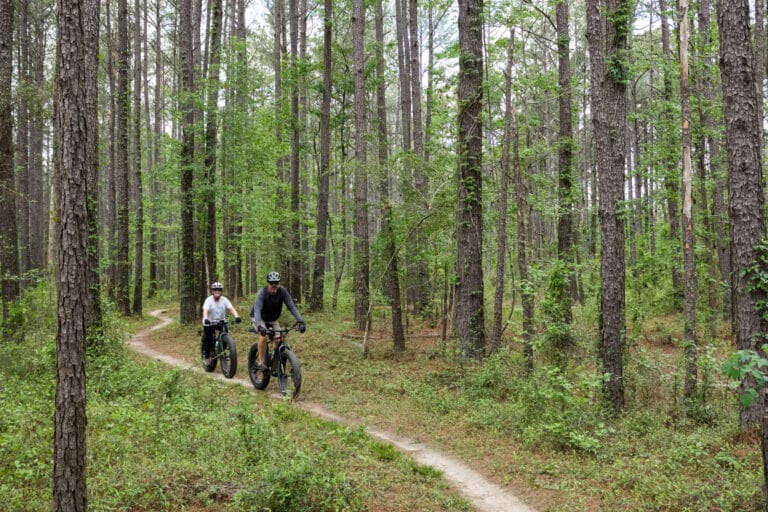An Alabama archaeological park preserves over 500 years of mysterious ruins
Rain pools on my windshield faster than the blades can wipe it away. I’m 10 miles south of Selma, driving a cracked road through dripping wilderness toward the Alabama River. Arriving at Six Mile Creek, I find a mostly empty campground. The lower riverside sites have a veneer of damp mud from recent flooding. It’s hot and steamy, so I set up my cot inside my mesh bug shelter and sweat through the night.
The next morning, I drive to the Old Cahawba visitor center, then walk down Capitol Street, the eerie main road running through dense forest. Like many American cities, there are intersecting roads laid out in a grid. Block upon block, each lined by jungle instead of buildings.
Today, Old Cahawba Archaeological Park preserves more than the location of Alabama’s first state capital. Hidden amid thick foliage, visitors can explore remnants from over 500 years of communities and towns.Each establishment ultimately vanished, often under mysterious circumstances.
Though the park offers free use of cruiser bikes, I wander on foot, roughly chronologically. The park’s website includes detailed site history, which I use as a guide. My first stop is the old town center on a bluff above the confluence of the Cahaba and Alabama Rivers. It’s now a field of grass and oak trees draped in Spanish moss mostly used for picnicking, but a closer look reveals signs of the site’s first inhabitants.
For thousands of years, the region was home to tribes of the Mississippian culture. Sometime between the 11th and 16th centuries, a Native American town was built here, possibly by people who came up the river in canoes from near Mobile Bay. Excavated pottery shards suggest huts arranged atop an earthen mound next to the riverbank. On the land side, there was a semi-circular defensive wall and moat. Walking around the southwestern corner of the field, I follow portions of this moat, which today resembles a dry creek bed.
The disappearance of this early village is dated to around 1540, roughly the same time that Hernando DeSoto’s expedition was traveling through the area. An encounter with Chief Tuskaloosa at an unknown fortress quickly turned violent. The conquistadors were armed with advanced weapons, like crossbows, swords, and possibly harquebus—a type of early musket. The Native Americans probably fought with spears or bows and arrows. Around 200 of the 600 Spaniards were killed or injured, while almost the entire native force of 2,500 to 3,000 was killed.
Little is known about the area during the next hundred years, but by the late 1600s the region was controlled by European colonial powers. First the French, then the British, and later the Spanish. In 1795, the land was ceded to the recently independent United States. Around 1815, after a series of wars and treaties, the federal government removed the Choctaw and Creek tribes, opening the Alabama wilderness to white settlement. This prompted a land rush of farmer and cotton plantation owners. The area became known as the Black Belt, both for the dark rich soils perfect for growing cotton and for the large enslaved black population who worked the fields.
Continuing my walk, I turn north and follow Vine Street, past info markers for antebellum stores. I soon reach one of Old Cahawba’s highlights, remnants of a building called the Crocheron Columns.
Alabama became a territory in 1817. The following year, Governor William Bibb selected Cahawba as the capital city, due to its river location and abundant blufftop springs. A two-story brick building was erected in the town center and Cahawba rapidly expanded. There were stores, hotels, river ferries, two newspapers, a theater, and a state-owned bank. President Monroe relocated the Federal Land Office to Cahawba and land prices skyrocketed from $1 per acre to between $60 and $70. Within a few years, vacant lots downtown cost around $5,000, or about $100,000 in today’s money.

The capital city’s unraveling began with the economic devastation of the National Panic of 1819. Yellow Fever broke out during the summers of 1821 and 1822. During the latter year, heavy rains flooded the town. In 1825, the state legislature moved the capital to Tuscaloosa. Residents packed their belongings—and their houses—moving them brick by brick in some cases.
The population dropped to only 300 residents, but Cahawba revived during the mid-1800s as a hub for plantation cotton distribution. Steam-powered paddle-wheelers plied the waters below the town, and a railroad spur was built from nearby Marion. In 1861, the Civil War came to Cahawba. The confederate government confiscated the rail line, dismantling the rails and spikes, reusing them on a new line connecting Selma with Demopolis. During June 1863, the Confederate Army opened Cahaba Federal Prison, which eventually held 9,000 Union inmates. While conditions were poor, the prison had one of the lowest death rates during the war because of the availability of fresh spring water. Many of these wells and spring pipes remain today.
When the Union won the Battle of Selma, in April 1865, Generals Wilson and Forest met in Cahawba. Thirteen days after John Wilkes Booth assassinated President Lincoln, around 2,300 soldiers released from Cahaba and Andersonville Prisons were aboard the steamship Sultana. The boat was dangerously overloaded, and while ascending the Mississippi River, the Sultana’s boiler exploded, killing nearly 2,000 soldiers, the largest maritime accident in American history.
My next stop is the Barker Slave Quarters, still standing after the Barker mansion burned in 1935. From there, I wander through what was called the Negro Burial Ground, and then onward past the Fambro House.
By 1870, the population of Cahawba was down to 431, with 302 being African American. During the Reconstruction Era, Cahawba was given a derogatory nickname by residents in Selma, “Mecca of the Radical Republican Party,” because freed black men met in the damaged courthouse to organize politically. After emancipation, some African American residents became landowners. One was Ezekel Arthur, who traveled to surrounding states to find relatives who had been sold away. Returning with family members to Cahawba, he became a successful farmer and eventually bought the Fambro house, which was occupied by his descendants until the late 1990s.
On my return, I pass construction work at the site of the original state house. Site director Linda Derry explains they’re erecting a “ghost structure,” a building frame that outlines the dimensions of the long-gone capitol. “We’re preserving the story of Old Cahawba,” she says. “You can read the landscape like you can a book. To understand what is happening in our country now, we must think critically about our past.”
If You Go
In addition to touring the ruins of Old Cahawba by foot or bike, the park offers two canoe ramps, which allow for a 3-mile paddling trip on the Cahaba and Alabama Rivers. Nearby, Forever Wild is developing the Old Cahawba Prairie, with birding and hiking opportunities. More info: alabamaforeverwild.com/old-cahawba-prairie
Cover Photo: At Old Cahawba visitors find the ruins of Alabama’s first capital. Photo by Mike Bezemek.







